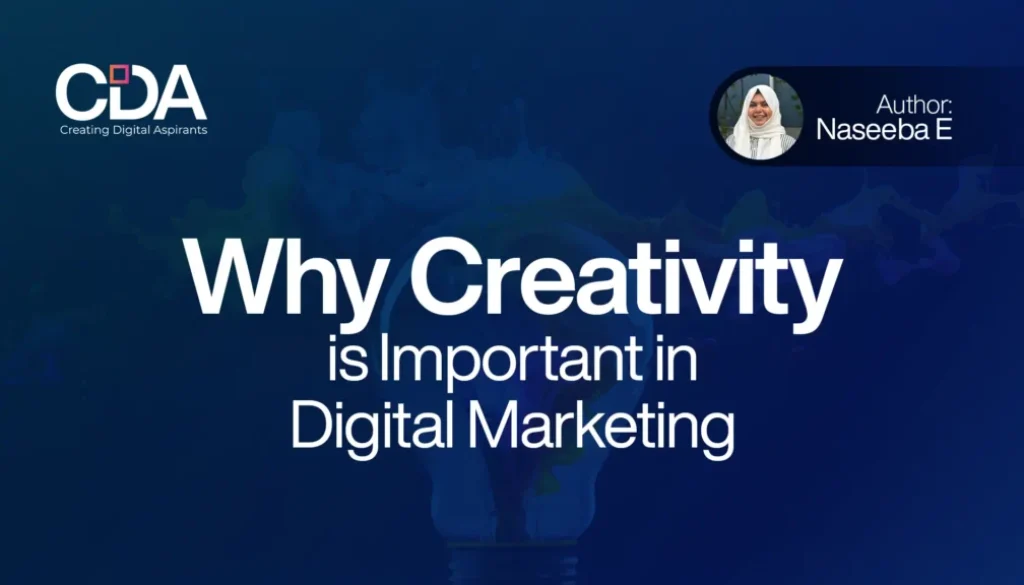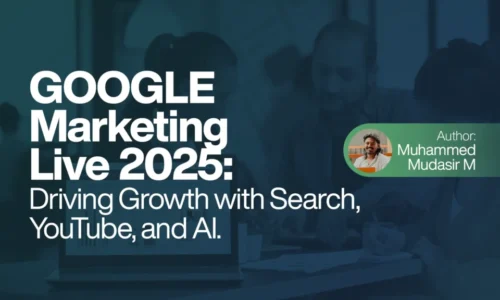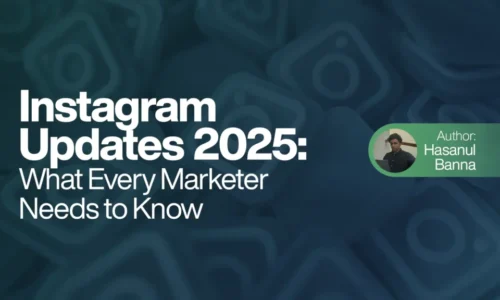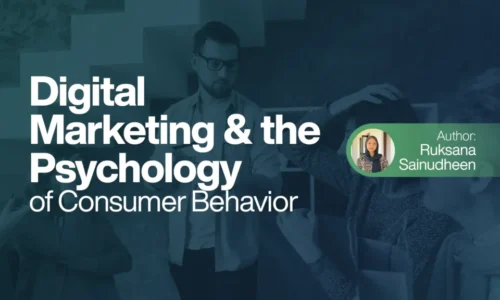Why Creativity is Important in Digital Marketing
Creativity really stands out from everything else in this world of digital marketing, which is changing at the speed of light. The numbers, analytics, and formulas will drive campaigns forward, but it is creativity that brings those numbers alive, abstract data to story-telling that brings brands into deep contact with humankind. In this process, as marketers, inventiveness really is the basis of what we do, not merely a tool.
But why is creativity so important in digital marketing, and why does it get us so worked up? Let’s deep dive into the human aspect of creativity and find out why it has such a special place in our campaigns.
Table of Contents

We Feel Something When We Are Creative
Marketing is basically about connecting a customer, an audience, or a community to your message. As creativity pours into your digital marketing, what would have otherwise been a hard, transactional-type interaction morphs into something that will stir the emotions. It lends a feel to your product launch or the personal touch to your social media campaign. We are human and are moved by emotion. This is what creativity stirs within us-the joy perhaps, surprise, certainly curiosity, or even nostalgia.
Creativity Makes Us Feel Something
At the heart of it all is an expression of connection-whether to an audience, to a client, or even to a greater community. When endowed in digital marketing, creativity takes the transactional exchange and makes it something that makes us feel. It is what will make a product launch feel inspiring or a social media campaign feel personal. There’s emotion in human beings, and creativity delights through surprise, curiosity, and even nostalgia.
Think of an ad that includes all the details of a product. Now, imagine this very same advertisement to be intricately woven into a story about some victory won or pleasure gained through a product. The latter ad makes you remember because, here lies a deeper connection being emotionally related. Creativity fills that gap between information and emotion.
Storytelling: The Heart of Human Connection
We are all born and wired for a story. From the cave paintings to today’s Instagram reels, human beings have always shared experiences with a narrative. In this universe of digital marketing, creativity helps us tell the story of a brand in ways that that story will then connect with the audiences. This enables not only what a brand does but what it means to be communicated.
For instance, take the Nike “Just Do It” ad campaign. The brand sells neither shoes nor clothes; rather, it narrates a story of tenaciousness and conquering one’s limits or else trying to be great. That, precisely, is what has inspired millions: it resonates with something that is pretty fundamental to being human-that zealous drive to conquer. Creativity in storytelling creates an emotional affiliation, rather than a rational one, with the consumer and the brand.
Standing out in a noisy world
It makes the brand stand out from the sea of advertising with which the consumer is constantly being bombarded with messages. It is what stops you mid-scroll through your feed, makes you pause in the middle of that YouTube video, or clicks on that ad. Without creativity, marketing just disappears into oblivion. And as data-driven as our campaign might be, it will most likely get lost amidst all the other media attention.
For example Think about the last time a social media post really caught your attention. Chances are it was probably not because of perfectly optimized ad copy and exactly right timing of a posting schedule. It was most likely something different. Maybe it was quirky.
Creativity Solves Problems
It is, in a nutshell, something like newness and then solving problems in a different way. We have problems in the digital marketing world-each day, a new audience to look at, new ways of bringing in more engagement, a brand new strategy to stand out in a super overcrowded market. Creativity stands there and opens your eyes to look at the challenges differently, providing innovative, maybe expected, solutions.
For example A brand that is not reaching the youth market returns to earlier forms of advertising and finds that they do not work. The innovative marketer thinks, “This short, snappy video format would knock it out of the box by use of influencer collaborations or interactive content.” Creativity doesn’t think outside the box-it breaks open the box.

Creativity breeds innovation.
Digital marketing rule is an elusive concept, and it pops out overnight. New platforms, new algorithms, and trends emerge out of the thin air of time. Creativity allows one to not only catch up with the wave but also the pace-setter and guide it.
For Example, An innovative marketer is always looking for that next hot thing: a new hot idea or the next stepping stone before the trend.
Stories are one of the toughest adaptations for most brands when Instagram rolled out. Those who creatively utilized this new format in terms of behind-the-scenes content, interactive polls, or short yet entertaining videos had a chance to make use of this feature. When it comes to digital marketing creativity, it is not about being trendy; it is more of a question of creating trendsetters and staying ahead of trends. Right Now- Creativity Leads Action
It is the click on that ad, sharing that post, or making that actual purchase which counts in a digital marketing campaign. Creativity is where the customer is sparked. Here lies the difference between an ad scrolled past and an ad that makes someone halt their scrolling, makes them watch it, and do something.
Think of an ad that left you laughing, crying, or maybe even thinking. Good luck in guessing that it was perfect targeting or data optimization that helped create impact; it was the creative execution. When campaigns make people feel something, they are much more likely to drive meaningful action.
Building Authenticity and Trust
Authenticity is what all customers crave during times of information, and it is creativity that brings that forward, allowing brands to inject this into the brand. It promotes storytelling rather than sitting through the usual standard promotional messages that are instead reflective of the brand’s real values, missions, and personality.
The reason brands talk about who they are, what makes them different and use creativity generally leads to trust with an audience. People like the authenticity of things and people will feel comfortable only when they believe a brand is being its true self in the message; then there’s a higher chance that someone will engage and eventually become loyal to that brand.
This is a great example of the case of Patagonia. Indeed, they do not sell outdoor gear strictly but instead tell stories of sustainability, environmental activism, and good business ethics. In this way, through these stories, Patagonia has developed its brand in such a manner that consumers believe it and wish to support it because they feel an emotional attachment with the message being conveyed.
Creativity, finally, is the soul of digital marketing, and it’s what could turn data into a story, clicks into connections, and impressions into feelings. Not but in creativity, of course, would digital marketing be all just an endless series of transactions devoid of life, passion, emotion, and meaning people want.
For marketers, it isn’t just about creating ad campaigns, evoking emotion, and solving real-life problems through every effort of creative thinking to connect with our audience on an essentially human level, allowing experience, leaving a lasting impression. And in the virtual world, those connections are all that matter.
And so as we journey through this changing landscape, let’s not forget what’s actually at the core of everything that we do. We sell things; we tell stories, evoke feelings, convey meaning. And when it comes to those things, creativity is not nice to have; it’s a necessity.
The hour of need in digital marketing has emerged as creativity. Creativity alone is what differentiates campaigns in overcrowded spaces by bringing emotive engagements that transform mere transactions into meaningful experiences. This helps build a much-needed long relationship with their audience and helps brands solve problems as they adapt to how consumers behave.
The more digital it goes, the more creativity will be required. Creativity alone can turn data into stories, metrics into meaning, and clicks into human connections. It is not only a potential clever ad but in making a brand worth caring for-on which they might spend their long-term stays.
Author Info
Naseeba, A Digital Marketing Strategist in Malappuram.
Learner of CDA Online Digital Marketing Training in India.



